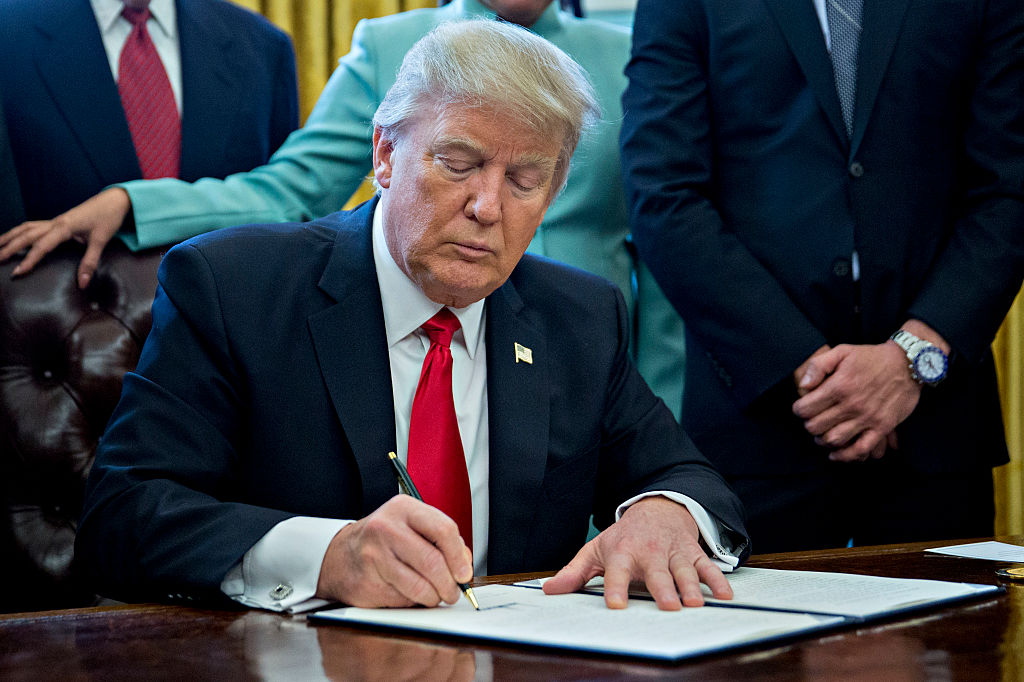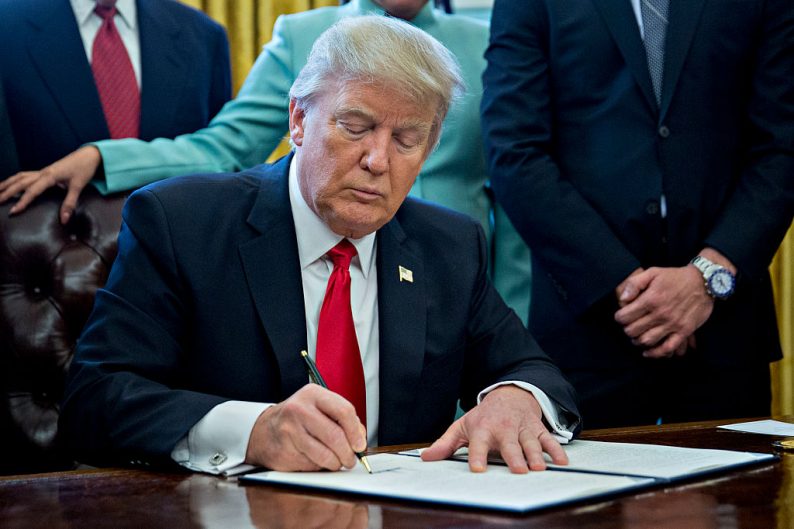Already President Trump is set to move decisively on the economy, but he must scale huge hurdles to accomplish 3 to 4 percent economic growth. Radical policy changes are required — tough to do even in this era of aggressive executive orders.
House leaders are working on corporate tax reform that will close loopholes, lower rates to internationally competitive levels and shift part of the tax burden onto imports. It has a decent chance of winning enough bipartisan support in the Senate but much more needs to be done.
Still many large businesses and most small ones are organized as limited liability corporations and pay taxes through the personal tax code — after corporate tax reform they would be saddled with effective rates above 40 percent while their corporate rivals pay half that rate or less.

Congress only has so much tax writing bandwidth, and personal tax reform may be booted into next year. Also, Treasury Secretary-designate Steven Mnuchin has stated that upper income individuals will not see a reduction in their overall tax burden but they pay more than 80 percent of the personal income taxes. Hence it remains a puzzle as to how taxes can be meaningfully cut to stimulate growth.
Whenever and whatever congress ultimately decides, genuine tax relief will require bigger deficits. Those are an anathema to many Republicans and in any case don’t guarantee growth.
George W. Bush slashed personal income taxes, Barack Obama expanded entitlements and both relied in some considerable measure on bigger deficits as opposed to pruning spending elsewhere. Yet, each presided over moribund recoveries.
Trade deficits with China and on oil directly subtract $500 billion annually from the demand for American made goods and services, kill millions of jobs, stifle R&D and tax growth.
Confronting China on trade with a 45 percent tariff, alone won’t get Beijing to stop undervaluing its currency, subsidizing exports and cease blocking market access for American-made goods and services. It can push back by harassing U.S. companies with operations in China and imposing new barriers on U.S. products, and more broadly by squeezing Taiwan, upping the ante on militarization of the South China Sea and further enabling North Korea.













Leave A Comment